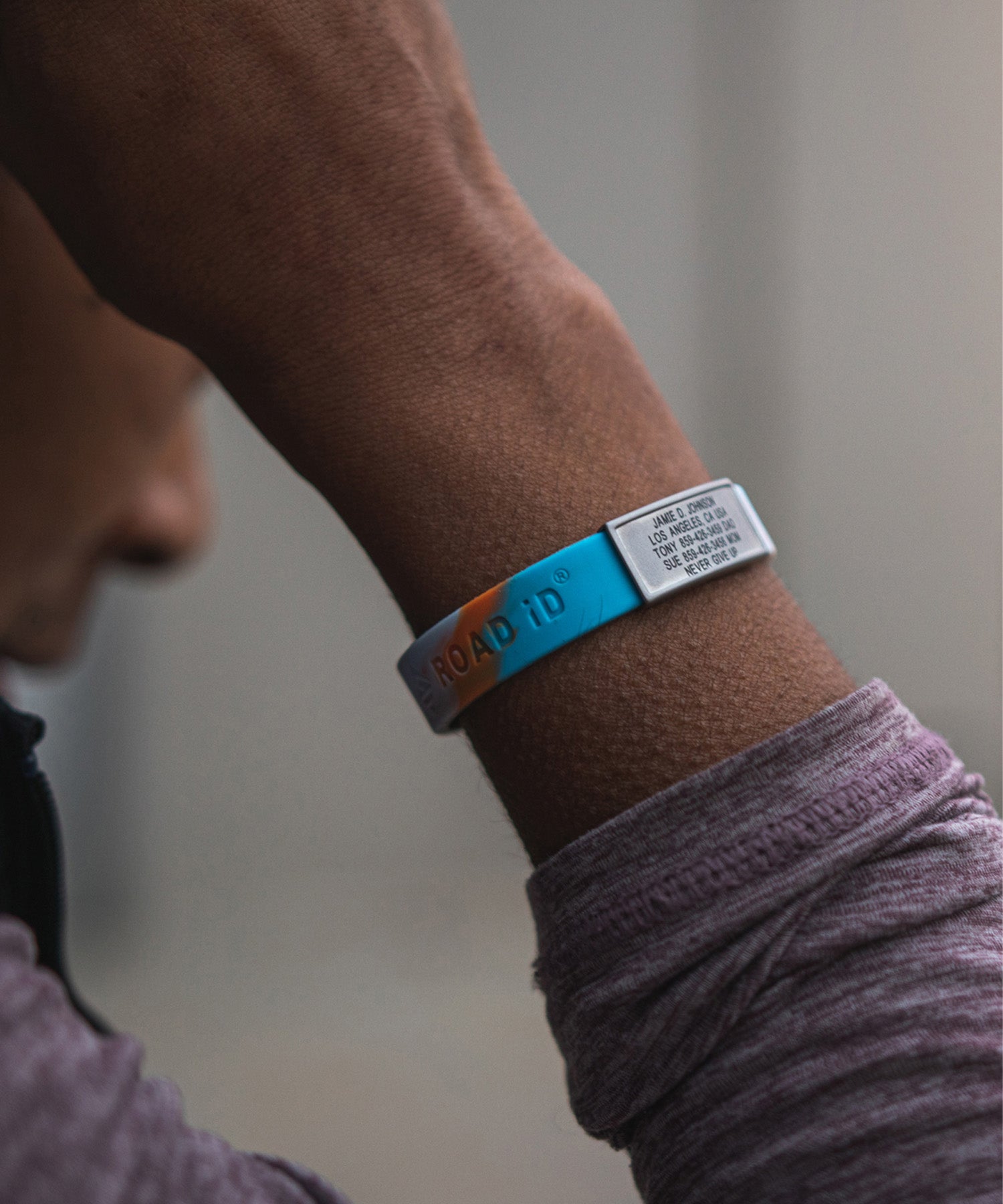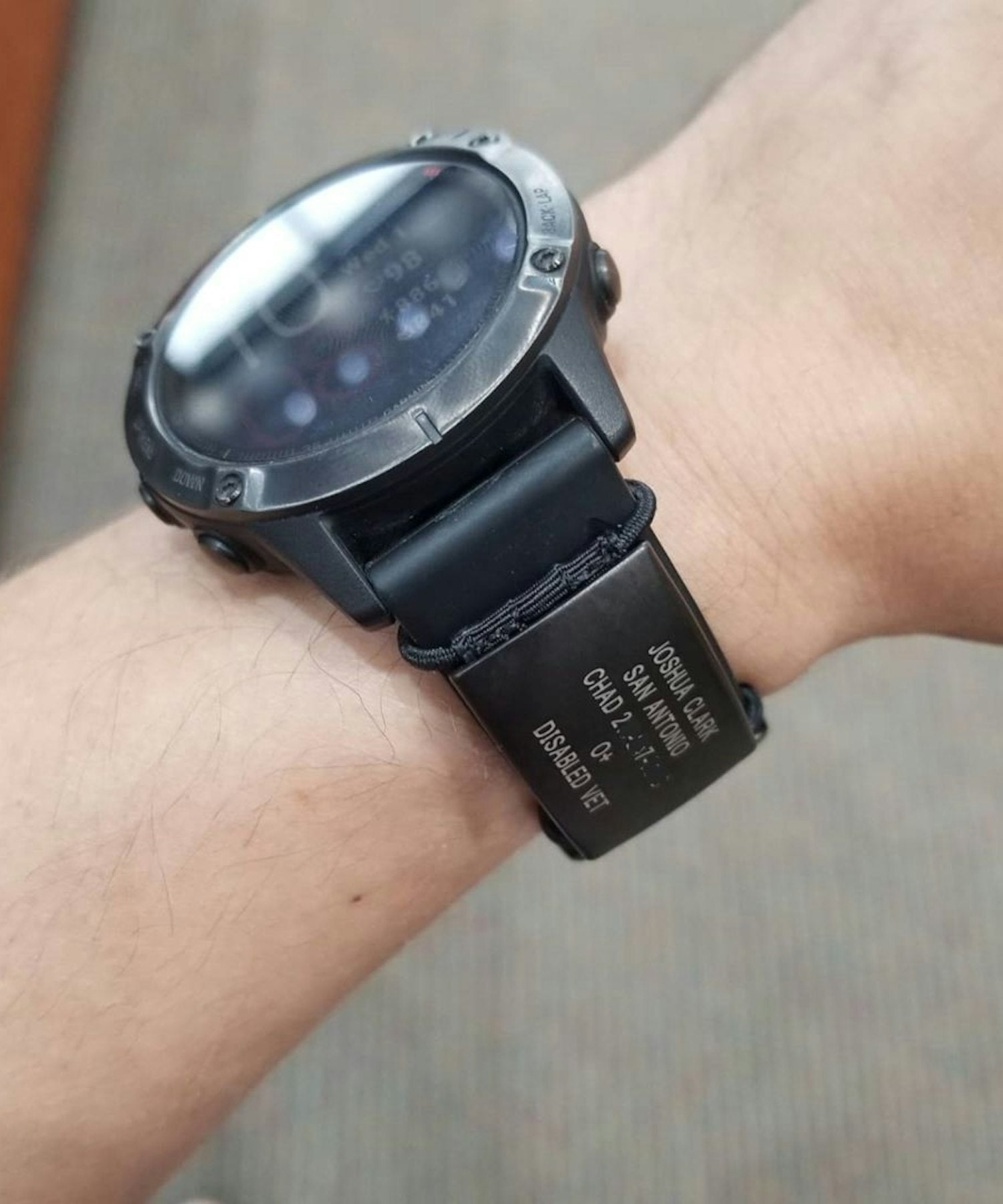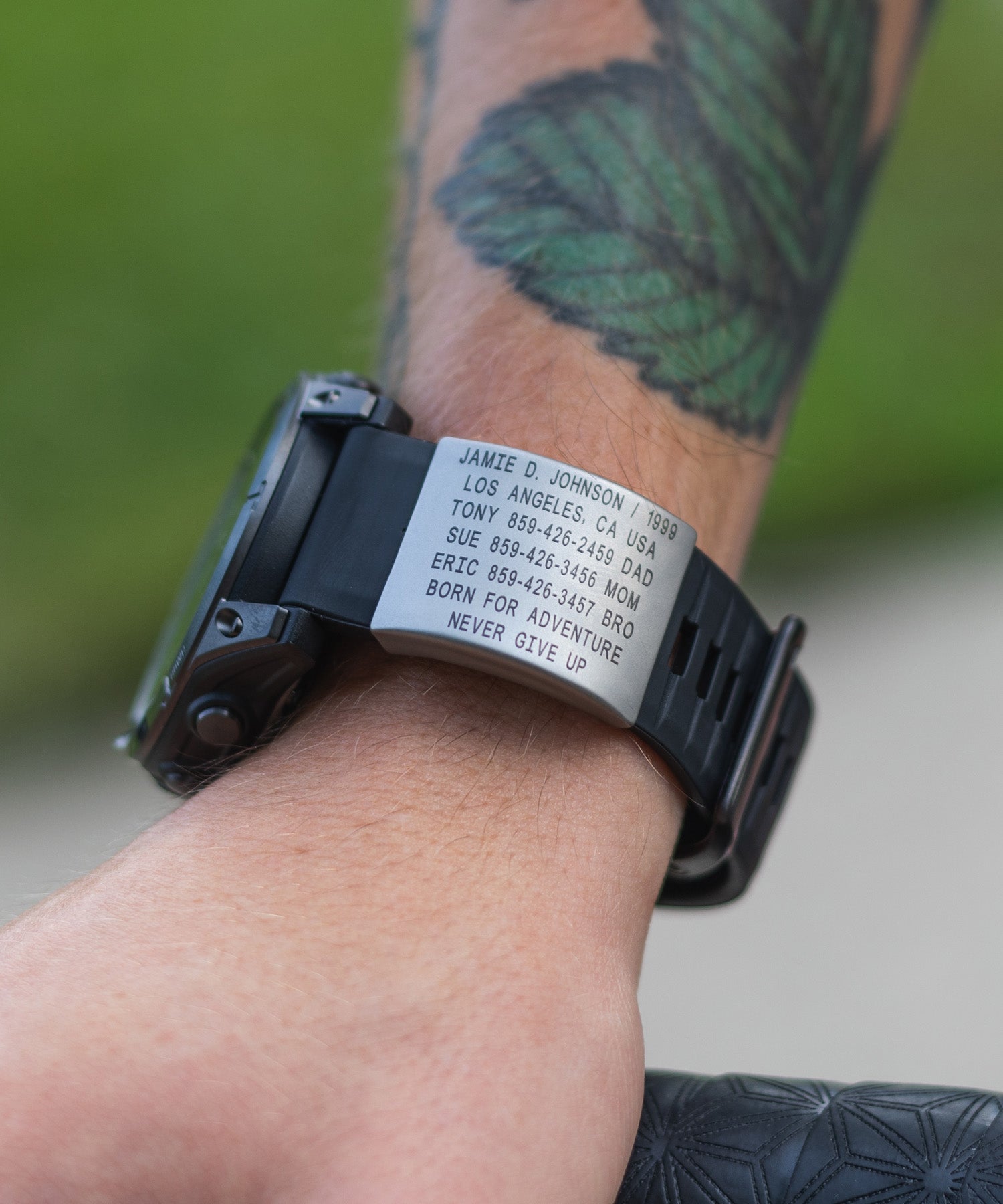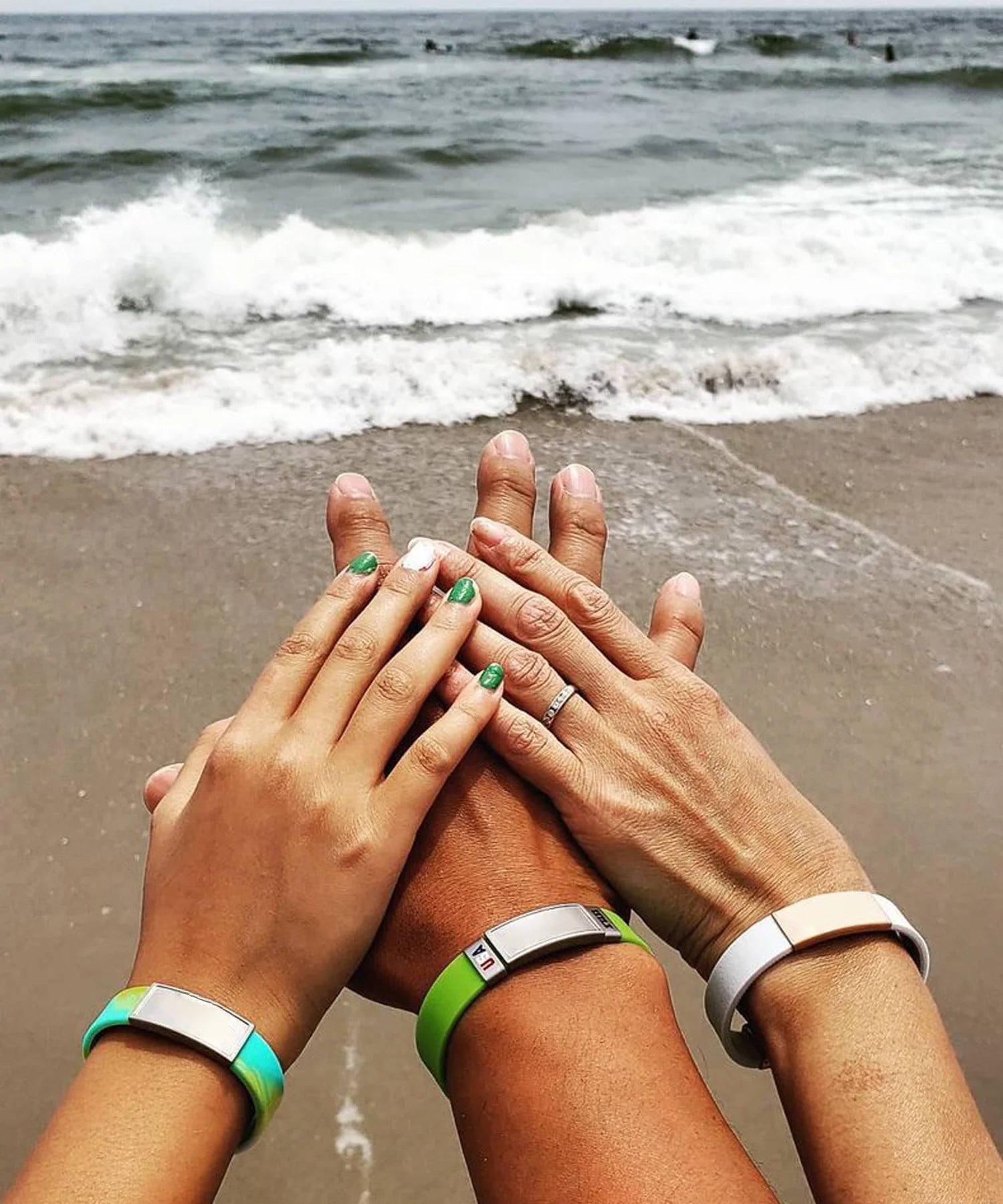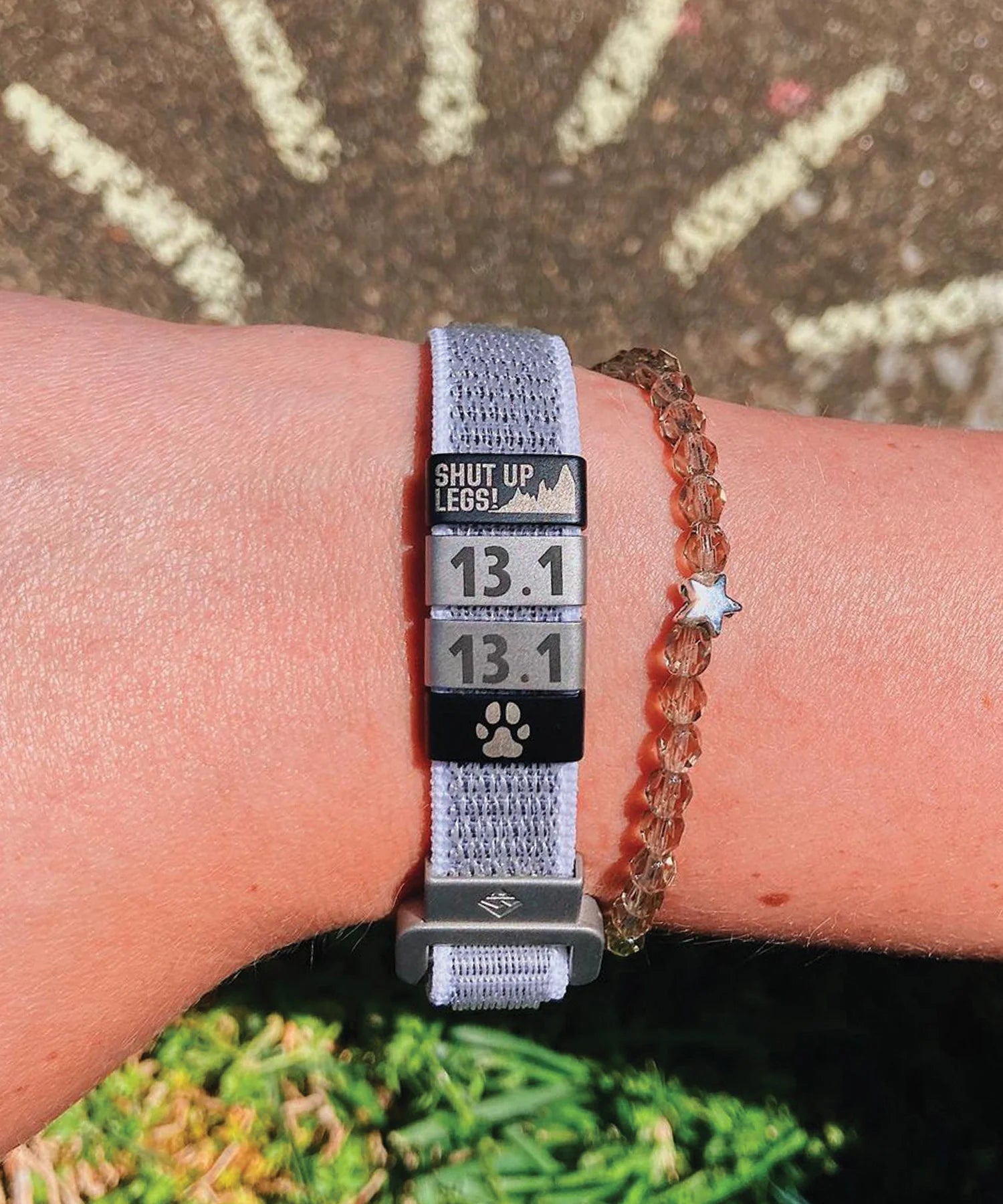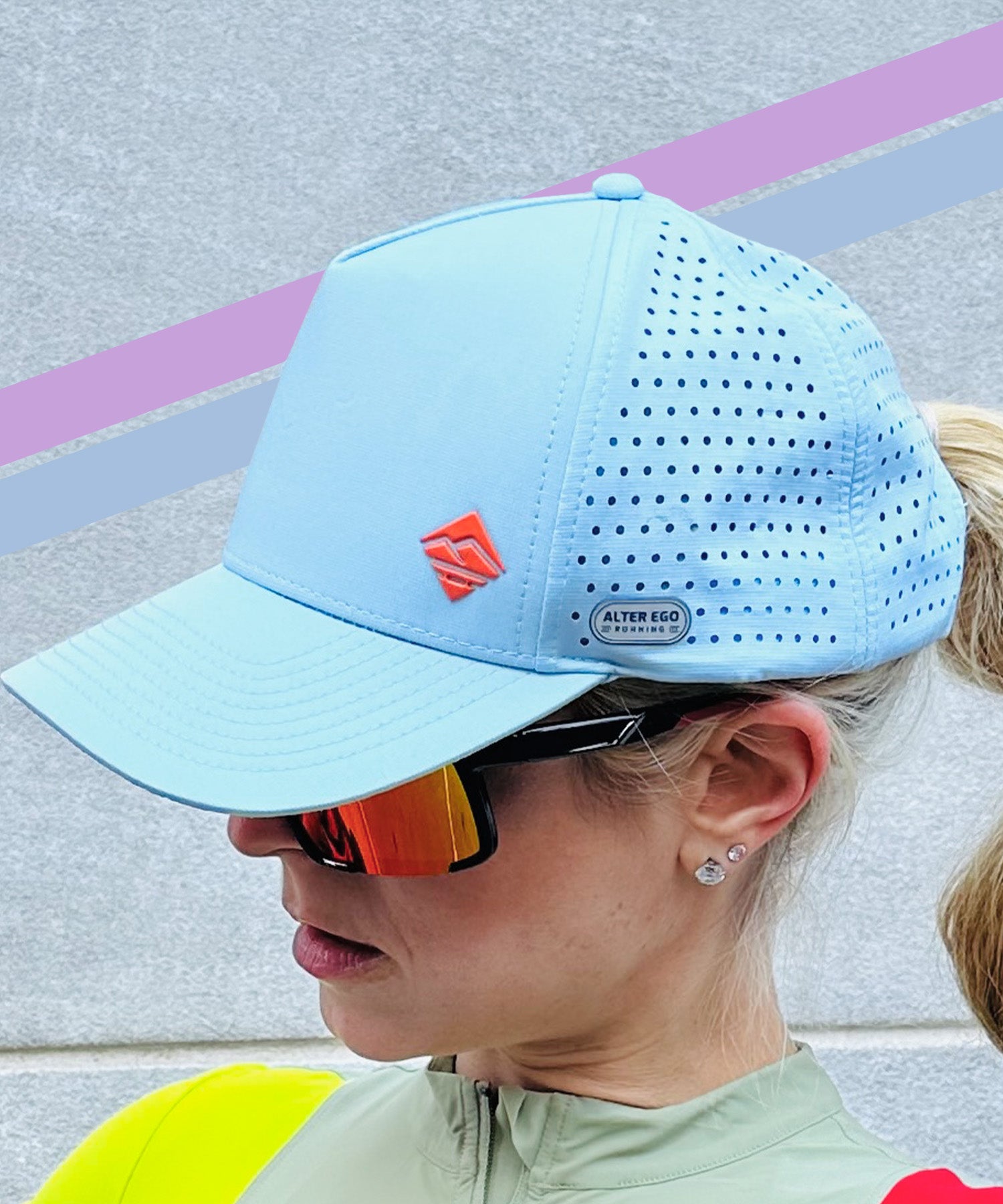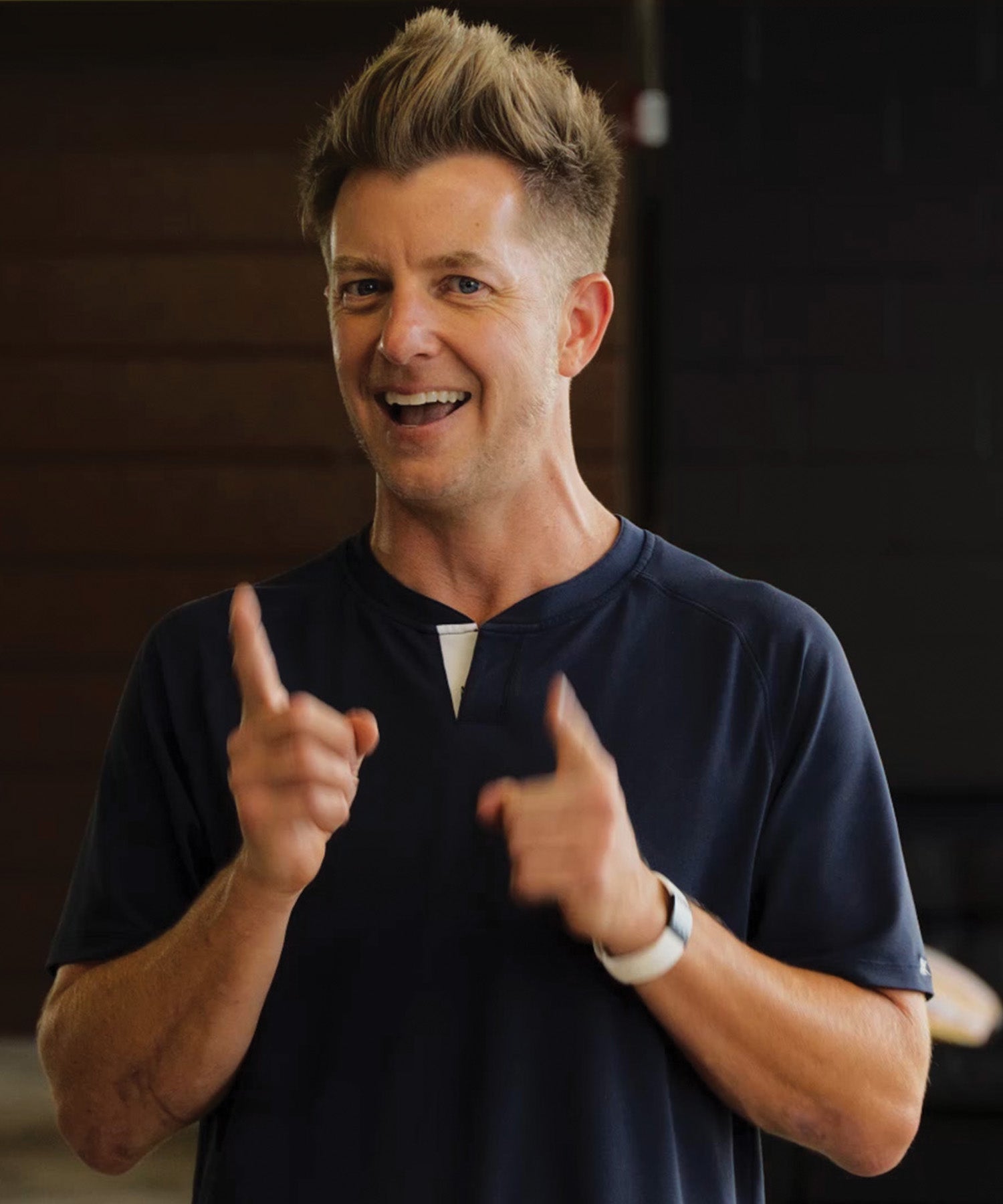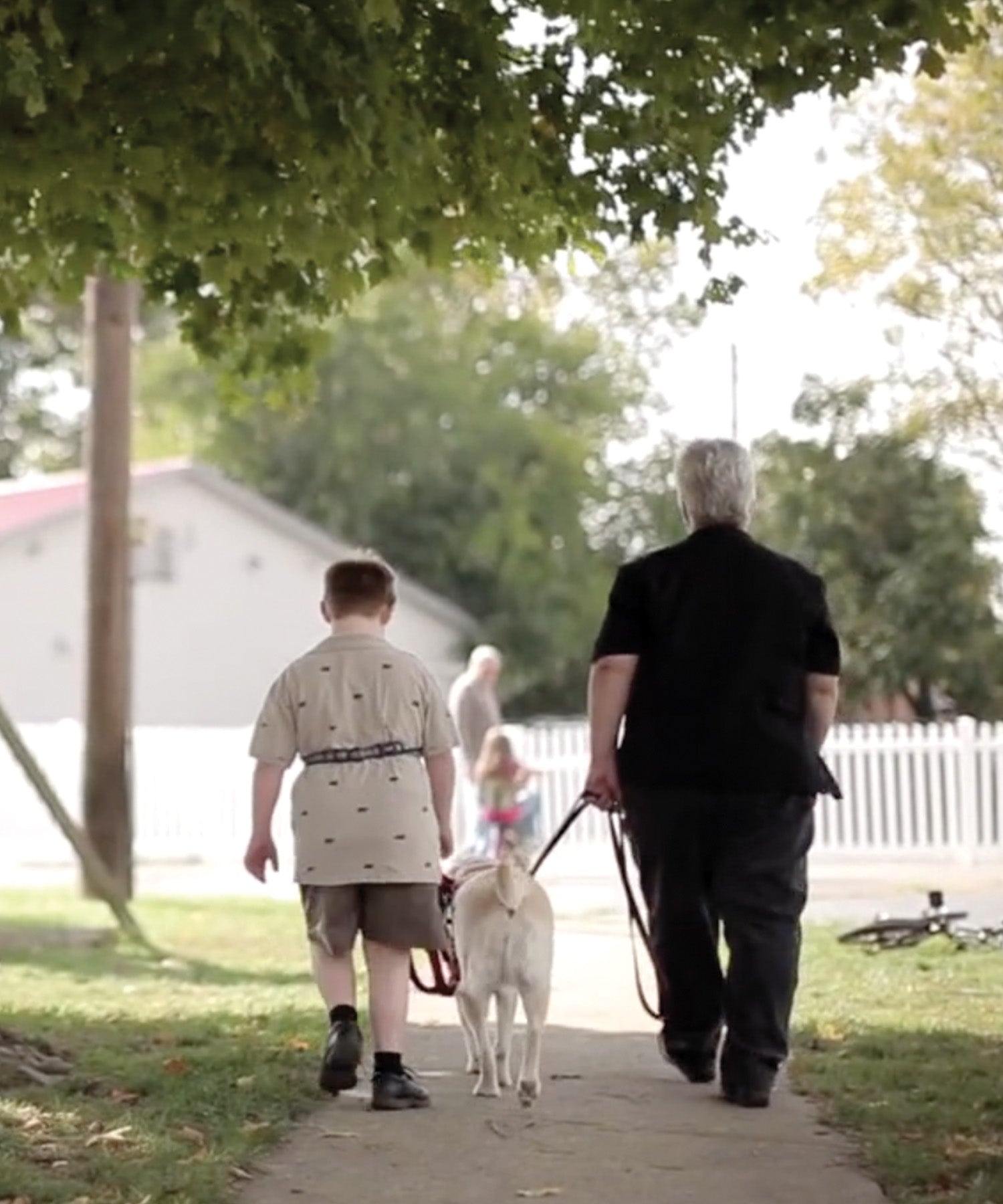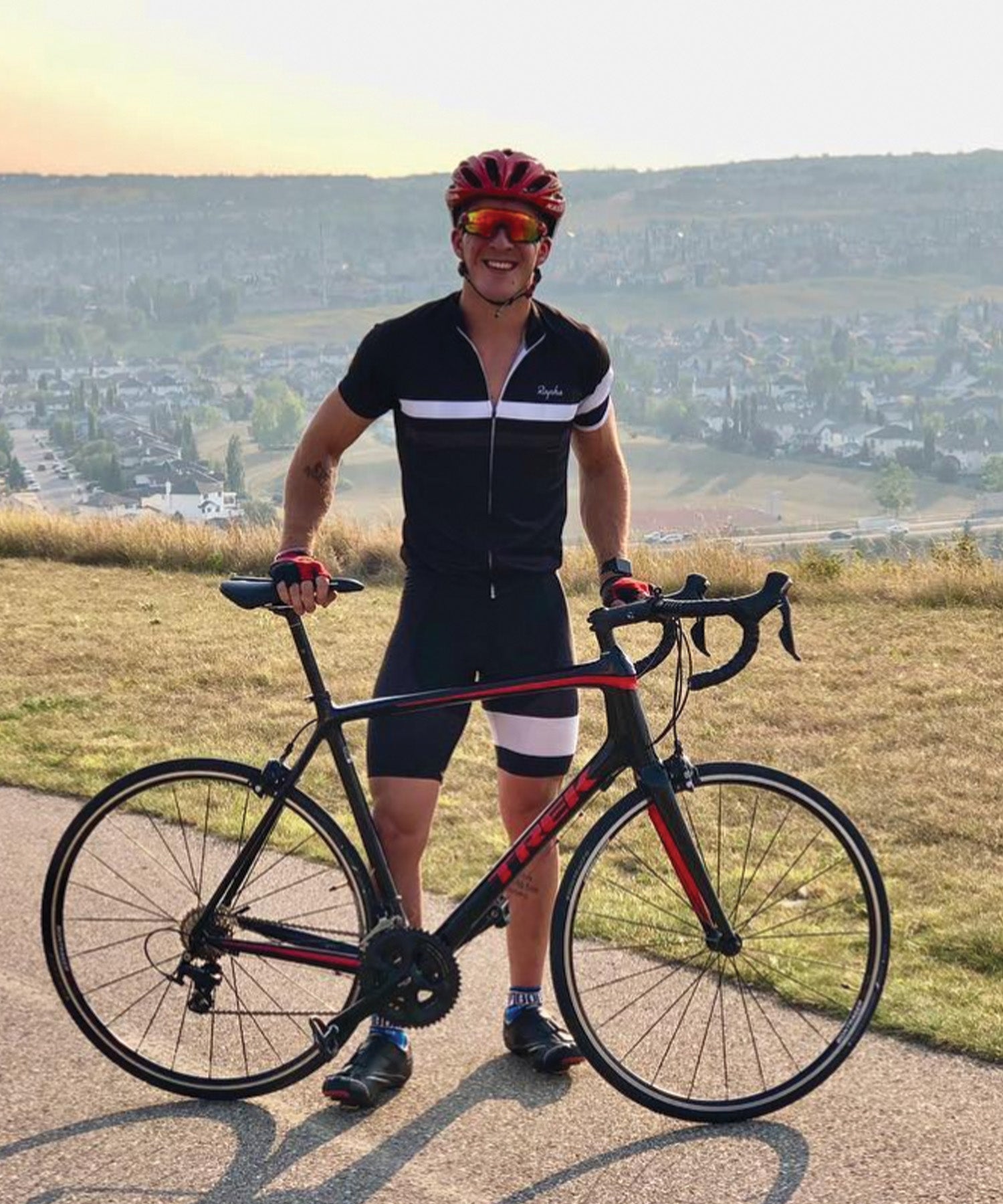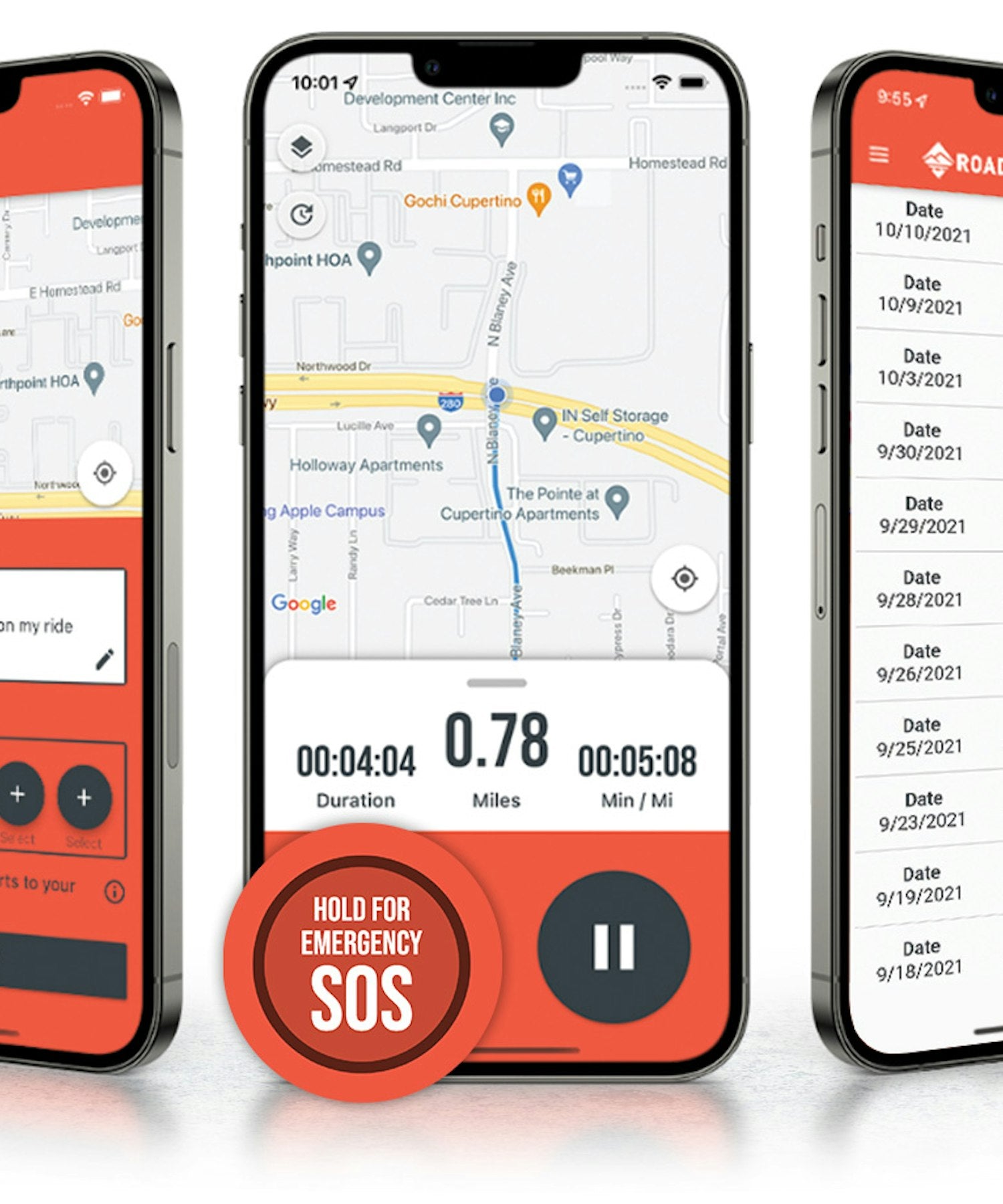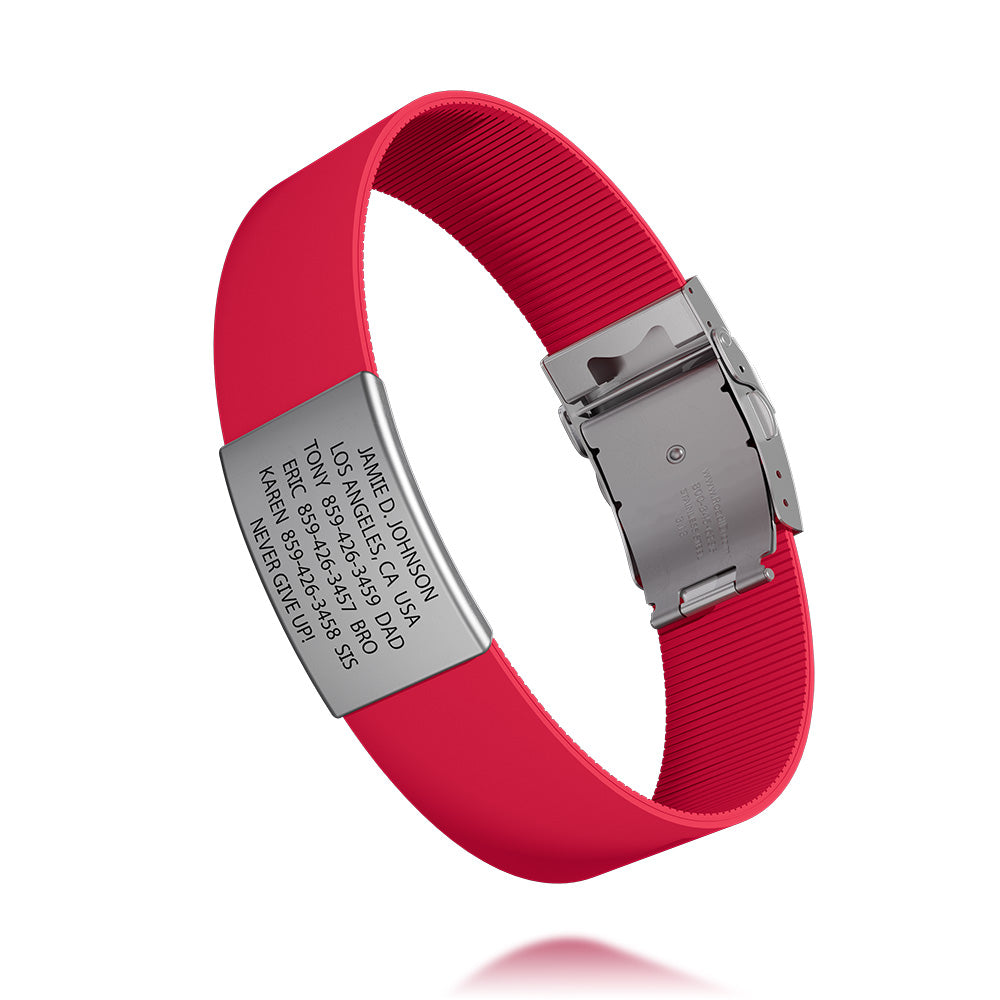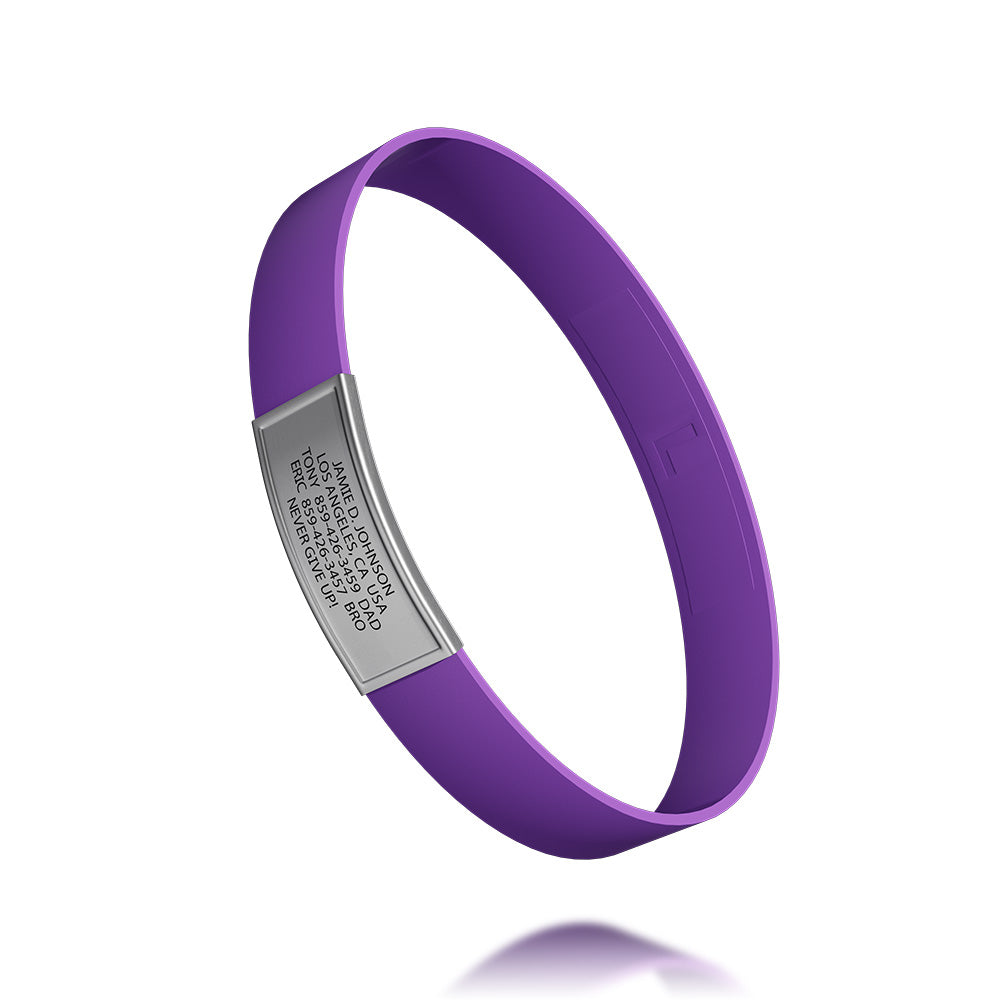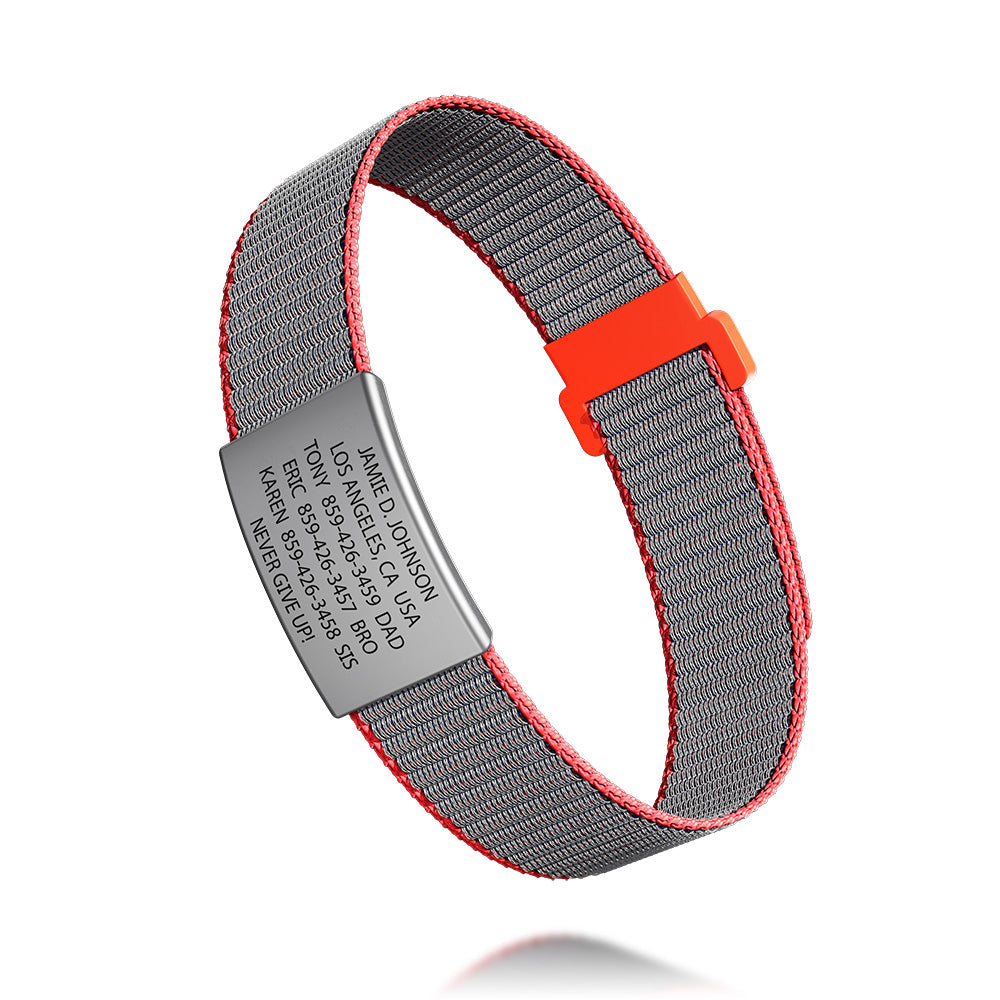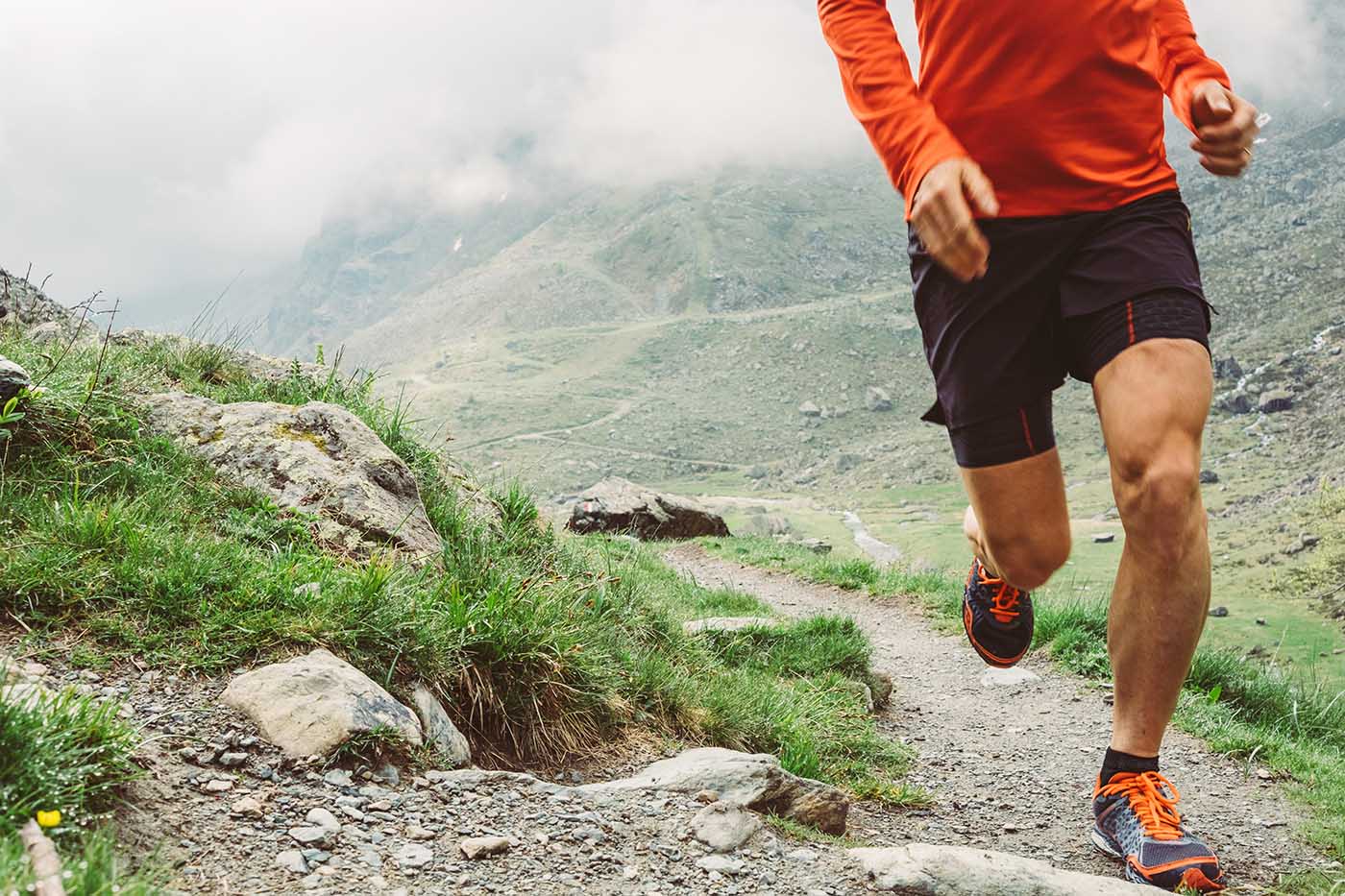The sun sank low on the horizon, fuzzy and softened by the orange and purple storm clouds that swirled around Badwater Basin. The oven-like wind ushered in fat, sporadic raindrops and far-away dust devils sprang to life. Anxious runners and crew explored the ramps to the salt flat as the daylight withered. The temperature was a breezy 118 degrees fahrenheit. I downed a water bottle and strapped on my camera gear.
Badwater 135 was about to begin.

This is an iconic ultra race with a long-running history, known for its treacherous beauty, steep elevation, and imposing heat. It begins 282 feet below sea level, and ends at Whitney Portal, 8,300 feet above sea level. The stunning course unfolds in a vast and varied landscape, imparting everything from harsh, Mars-like desert to lush pine forests and mountain streams.
Along the way you’re treated to winding switchbacks, blinding salt flats, Joshua trees, clusters of stars, fighter jets, and indescribably massive valleys that are so wide they disappear into the haze of the horizon.
It’s an awe-inspiring and unforgiving 135 miles.

Each of the 97 runners (100 are invited each year) make the trek with a small support crew operating out of a minivan or SUV. More than twenty percent won’t finish. The last 13 miles go straight up Mount Whitney, the tallest mountain in the lower 48 states. It’s truly a test of one’s mental and physical capacity.
There are cut off times issued by the National Park Service, and the fastest runners will complete the race in just under 24 hours. Others will take many more hours to cross the finish line.
The sixty some-odd staff include race directors, doctors, EMTs, nurses, media, photographers, and other enthusiastic volunteers.
The runners arrive by invite only, and each runner is allowed four crew members. It’s wise to stack your crew with varied skill sets; an experienced Badwater crewer and problem solver (crew chief), skilled pacers trained for the exceptional heat, and a utility player. All must be dedicated at the “ride-or-die” level, as they likely won’t be getting any sleep for the next couple of days.
The crew vehicles are stocked with lots of clean ice, the runner’s favorite foods, and of course, an ample supply of water and electrolytes.
The runners shoot out of the gate in three waves. The “slowest” wave goes first, at 8AM PST. Then a 9PM wave, and finally, the elite runners kick things off at 10PM.

Getting to Badwater Basin is no easy task. It’s about four hours from Las Vegas, and through some of the hottest and most desolate roads in North America. The runners spend hundreds of hours training, and thousands of dollars to show up. Some have traveled here from the other side of the world. Naturally, everyone is pumped, and you can feel the energy sizzling in the dusty air. You can also see it in the occasional lightning flashes ripping sideways across the sky.
Leaving (for) Las Vegas
My flight to Las Vegas from Cincinnati was set to depart in the early hours of July 20th - on Delta Airlines. If you recall, this was when the shit hit the fan. My 7AM flight was canceled. I was traveling with Harvey Lewis, a good friend and two-time Badwater 135 winner. Hitting roadblocks in Cincinnati, we hitched a ride to Lexington, Kentucky and booked flights there.
Flight Canceled. Rebooked. Canceled.
Finally, Harvey found a way out through Detroit, and I lucked out and scored a seat to Atlanta. While in the air, my connecting flight to Vegas was - you guessed it - canceled. And so began a 24 hour saga of cancellations and scrambling to find a seat. It was my first overnight on the airport floor in twenty years. I bought a neck pillow and I ate at Applebee’s twice. They still have those riblet baskets (I didn’t order one).

The line to rebook was four hours and several hundred passengers long, so you had to get creative and scrappy. I lucked out and found a kind soul who spent a half hour finding me a seat to Vegas. Thirty hours after leaving my house, I was on a plane to my destination!
I know this sounds rough, but it was actually a refreshing reminder of the human spirit. In Atlanta there were no hotels, no rental cars, and an Uber was off-the-charts pricey, even if you had somewhere you could go. We passengers were in it together. I met a group of strangers and we helped each other find seats, rides, held places in line, and offered moral support and assistance with baggage. There was no pushing or shoving or shouting…but a lot of clapping when a flight did begin boarding.
Passengers slept in hallways and along the escalators, and many made room so others could lay down. I found hope for the future on the concrete floor in ATL.
Out of the Flying Pain and Into the Fryer
The next day was filled with errands and preparation for Death Valley. Whole Foods, Costco, coolers, ice, and batteries. It was 111 degrees in Las Vegas. How hot would it be in Death Valley?
Since this was my first Badwater experience, it was nice to caravan south with Harvey and his team. There was Isaac, a professional beekeeper from Ohio who loves writing songs on the guitar; Andy, a writer and editor from Michigan; Antonio, a talented ultra runner from Italy; and Judd, an event producer from North Carolina. I already knew Judd from adventures at The Barkley Marathons and Big’s Backyard Ultra. A finer group of men cannot be found.

With two overstuffed SUVs, we finally headed west toward Beatty, Nevada, where a wild burro took his sweet time crossing in front of us. From there we turned south toward the park. The landscape opened up, becoming steeper, and we descended for an hour as the temperature on the Ford Explorer dashboard climbed to 122 degrees. We stopped momentarily for some group photos at the entrance sign, then it was onto check-in.
The size of the valley is jaw-dropping. The salt flats were the brightest of whites, and I remembered forgetting to buy sunglasses. We began climbing the mountain after Panamint Springs, passing the “Turn off A/C to Keep Engine Cool” sign. I ignored it, blasting the air and focusing on the steep switchback roads that were begging for guardrails.

Eventually the road flattened out, and now atop the mountain, we passed rolling hills and patches of Joshua trees. An hour later, we were rolling into Lone Pine, which would serve as Badwater headquarters and my home for the next five days.
Lone Pine serves as the jumping off point for adventurers aiming to tackle Mount Whitney, the tallest peak in the contiguous 48 states. It’s a small town with friendly people and quality restaurants.
We stayed at the Dow Villa Motel and Historic Hotel. Now because I booked my room late, I was placed in the “historic” wing. Historic means cowboys used to stay there. It also means no real air conditioning and a waist-high sink. I discovered you can request desk fans, and every time I did, I ended up with a different fan with different quirks. One didn’t swivel, so I fixed it with a flip-flop. Another was old-school steel, and squealed like an old timing belt. But it made air, and I was grateful.
That afternoon was check-in and kickoff for everyone involved with the race. Spirits were high, and I met an untold number of friendly crew and staff. Everyone seemed to appreciate that ROAD iD had created Badwater edition bands for the event. I heard several ROAD iD stories at the kickoff. It's energizing to be reminded that what we do really impacts the lives of these athletes.
The next morning I went exploring around the base of the Alabama Hills, which serve as the gateway to the mighty Mount Whitney. I met someone living off the land and out of a home-made bike trailer. This thing was totally collapsible and offered shelter from the sun and rain. We chatted for a few minutes and he let me take some photos.



Today was a day for resting up and creating my movement plan as a race photographer. Badwater 135 would begin in twelve hours.
The Race Through Death Valley
I arrived shortly before the first wave was due to start, having passed through wind, rain, dust storms and thunderheads on my way to Badwater Basin.
Before they begin, we hear the National Anthem and some encouraging words from race director Chris Kostman. Then, off they go, cheering wildly, lights blinking, into the other-worldly fading light.


My goal was to capture the golden hour light on the course, which began about 5:15AM. That meant I needed some sleep. I stopped at Furnace Creek for ice, then headed to Stovepipe Wells, a town with a general store, gas pump, and motel, and promptly passed out for 4.5 hours. I knew the runners would be passing through Stovepipe wells around that time.

Fortunately there are lots of places to pull off, so I spent the day driving a few miles then hopping out for photos. Sometimes I’d scale a hill, then head back to hydrate.


As the sun ascended I worked my way toward Panamint Springs, where it was finally time for a break at the restaurant. I’d already captured lots of smiling faces. You’d never know they’d just run all night through the desert.

As the day went on, things grew tougher. The hills increased and so did the heat. Ice bandanas were applied, pacers were spraying their runners with cold water, and others were getting sponged off at the checkpoints.


At one point, F-23 fighter jets screamed up the valley and buzzed low overhead, banking and ripping the sun-drenched sky in two.
I drove ahead and located Shaun Burke in Keeler, who was cruising. Shaun would eventually win Badwater 135 by finishing it in under 24 hours; an impressive feat.

I checked back in with Shaun as he started his way up Mount Whitney. He looked tired and determined. He even offered a friendly wave as he passed by.


The sun set on us as we worked our way up the mountain, casting a soft, eerie purple glow on Shaun and a stand of twisted, burned-out trees. I later met Shaun at the finish line. He was full of humility and gratitude for his crew, which included his wife and brother. I’d steer you toward Shaun Burke here, but he has no social media accounts.
I later met Shaun at the finish line. He was full of humility and gratitude for his crew, which included his wife and brother. I’d steer you toward Shaun Burke here, but he has no social media accounts.

The drive up Mount Whitney is no joke. The portal is at 8,300 feet, but you’re starting the climb in Lone Pine, which is about 5,000 feet lower. This makes for the toughest “half marathon” anywhere in the world - after already running 122 miles through the steep, crispy desert. The roads simply drop-off on the sides, and if you’re not careful, they’re vertigo-inducing. Lush pine forests spring up, and at the finish line, a loud, soothing waterfall cascades down into the campground area. The temperature dips below 65 degrees here, and it feels like a magical oasis.


After spending some time at the finish line, I was ready for bed, and didn’t want to drive down that mountain feeling any more tired than I already was. I made it to Lone Pine, flipped on my squeaky steel fan, and collapsed for a few hours.
The next day was spent photographing runners coming through Lone Pine and up the mountain. The finish line was exciting and emotional, each runner finishing with his or her crew and their nation’s flag alongside them.



Along the entire route, crews and staff cheered one another on. Runners offered encouragement to their fellow competitors. Nobody slept much. We were all in it together. It was like at the airport, but with a better backdrop and a rental car.
Experiencing this race gives you hope.
There and Back
I’d be remiss if I didn’t mention this. Harvey, who started the journey with me in Cincinnati, finished the race in 27th place. He struggled mentally and physically as he was shooting for a top three finish this year.

After finishing, he decided to run back down the mountain. I’ve known Harvey to be spontaneous, so I didn’t think it unusual.
Later, I found out he intended to run all the way back to Badwater Basin…to the starting line. And that’s exactly what he did, not knowing if his body was up for it.
He was joined by two of his crew, and picked up help from another team’s crew along the way. I was excited to discover it was Alann Lopes, an ultrarunner-explorer who supported Harvey during the filming of the documentary Like Harvey, Like Son (Amazon Prime). We were all smiles and traded a few stories.
It was time to leave for Las Vegas, but I knew I’d pass them driving through Death Valley, so I readied one camera to seize the moment.
We connected in Panamint Springs, and his crew chief Judd Poindexter gave me the update. “Harvey is cruising. He feels great.” At that point I knew it would take a couple of those fighter jets to keep him from finishing this journey.
Harvey would later run through 125F degree temps, assisted by an N95 mask to ward off smoke from distant wildfires.
He made it back to Badwater Basin…with a little help from his friends.
As Harvey left Panamint Springs, I snapped a photo that captured him running off into the horizon, unsure of his own ability to reach the starting line. There was no award and no celebration waiting at the end. Just a run, with friends in tow.

And for me, that’s really what this race is about: an exceptional test of will. An opportunity to connect with the land. All of it wrapped up in the camaraderie of top-tier companions, supporting their fellow athletes.
Badwater 135 is spiritual. It’s inspiring. It reminds you at a fundamental level how we’re intertwined with nature. It’s the best of humanity on display. And while you’re there, you’re wide awake.
I headed east and left the crew to their run, driving for hours with the radio off and the windows down.


The Last Stage
The Las Vegas lights and slot machines and bars seemed small and trite as I made my way through rush hour traffic to the airport. I flew home on the red eye without incident.
On the flight, I thought about the stars in the desert, about the man living in the bike shed, about Shaun’s kind, humble demeanor, and about Harvey’s joyous determination.
This trip was a reminder about what's important, and I resolved to work harder at making sure my kids know this.
The next morning, I went out for a run, and made it further than I had in a long time.
- - -
Special Thanks:
Chris Kostman and AdventureCORPS®
Chris has carefully created a well-oiled machine, and his events are conducted in concert with The National Park Service and local municipalities. Safety is a priority. Chris’s diligence, work ethic, attention to detail, and enthusiasm have made this race one of the most prestigious and coveted ultras in the world. ROAD iD is honored to partner with AdventureCORPS® in support of such a high caliber event.
About the Author:
Mike Trimpe works in Marketing and Creative for ROAD iD Brands. He also digs wildlife photography and playing the guitar. He tolerates Applebees.

